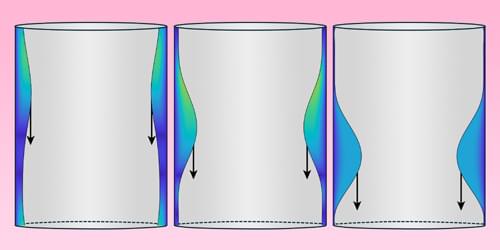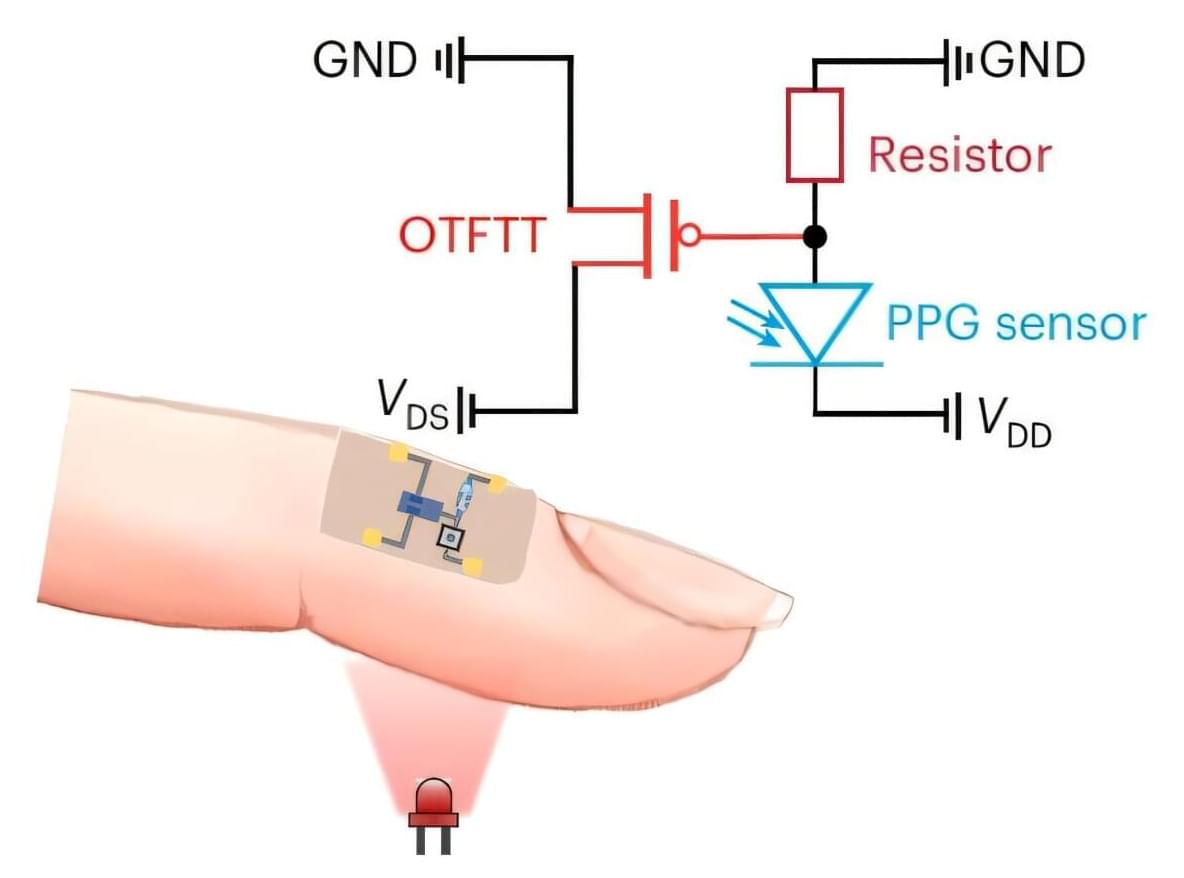Osaka University researchers discovered AP2A1 protein’s significant role in cellular aging; lowering its levels reversed aging characteristics. They a



Lipid nanoparticles (LNPs) are the delivery vehicles of modern medicine, carrying cancer drugs, gene therapies and vaccines into cells. Until recently, many scientists assumed that all LNPs followed more or less the same blueprint, like a fleet of trucks built from the same design.
Now, in Nature Biotechnology, researchers from the University of Pennsylvania, Brookhaven National Laboratory and Waters Corporation have characterized the shape and structure of LNPs in unprecedented detail, revealing that the particles come in a surprising variety of configurations.
That variety isn’t just cosmetic: As the researchers found, a particle’s internal shape and structure correlates with how well it delivers therapeutic cargo to a particular destination.

The number of people living with dementia worldwide was estimated at 57 million in 2021 with nearly 10 million new cases recorded each year. In the U.S., dementia impacts more than 6 million lives, and the number of new cases is expected to double over the next few decades, according to a 2025 study. Despite advancements in the field, a full understanding of disease-causing mechanisms is still lacking.
To address this gap, Rice University researchers and collaborators at Boston University have developed a computational tool that can help identify which specific types of cells in the body are genetically linked to complex human traits and diseases, including in forms of dementia such as Alzheimer’s and Parkinson’s.
Known as “Single-cell Expression Integration System for Mapping genetically implicated Cell types,” or seismic, the tool helped the team hone in on genetic vulnerabilities in memory-making brain cells that link them to Alzheimer’s ⎯ the first to establish an association based on a genetic link between the disease and these specific neurons. The algorithm outperforms existing tools for identifying cell types that are potentially relevant in complex diseases and is applicable in disease contexts beyond dementia.



A new imaging system could help us see deeper into the universe than ever before. The same powerful technology could also help us analyze the chemical makeup of everyday materials such as food and medicines much faster and with greater accuracy than current methods.
In a study published in the journal Nature, researchers from Tsinghua University in China have introduced a tiny device called RAFAEL (Reconfigurable, Adaptive, FAst and Efficient Lithium-niobate spectro-imager) that uses advanced photonics to capture light in exceptional detail with high speed.
RAFAEL is designed to dramatically improve spectroscopy, the technique used to study the physical structure and chemical composition of matter. It is used for everything from mapping deep space to checking for contaminants in water and diagnosing diseases, and it works by breaking down the light that comes from an object and analyzing the different colors (wavelengths). While incredibly powerful, traditional spectrometers often face a trade-off: To get very fine detail you have to block much of the light. Or if you let in a lot of light, you lose resolution or sensitivity.

To meet the growing demands of flexible and wearable electronic systems, such as smart watches and biomedical sensors, electronics engineers are seeking high-performance transistors that can efficiently modulate electrical current while maintaining mechanical flexibility.
Thin-film transistors (TFTs), which are comprised of thin layers of conducting, semiconducting and insulating materials, have proved to be particularly promising for large-area flexible and wearable electronics, while also enabling the creation of thinner displays and advanced sensors.
Despite their potential, the energy-efficiency with which these transistors can switch electrical current has proved difficult to improve. This is due to the so-called thermionic limit, a theoretical threshold that delineates the lowest possible voltage required for a transistor to boost electrical current by a factor of 10 at room temperature when switching between “off” and “on” states.


Researchers have discovered how a surface protein on brain cells, called Aplp1, can play a role in spreading material responsible for Parkinson’s disease from cell to cell in the brain.
Promisingly, an FDA-approved cancer drug that targets another protein – Lag3 – which interacts with Aplp1 – was found to block this process in mice. This suggests a potential treatment for Parkinson’s may already exist.
In a paper published last year, an international team of scientists detailed how the two proteins work together to help toxic clumps of alpha-synuclein protein get into brain cells.

Researchers at the University of North Carolina (UNC) have developed microscopic flower-shaped soft robots made from DNA and inorganic materials that can fold, bend, and react to their environment. Detailed in a paper published in Nature Nanotechnology, these microscopic DNA “flowers” are a potential new method for targeted drug delivery and other biomedical applications.
“People would love to have smart capsules that would automatically activate medication when it detects disease and stops when it is healed. In principle, this could be possible with our shapeshifting materials,” said senior author Ronit Freeman, PhD, and associate professor at USC and leader of a research group that is seeking to develop novel designer materials using self-assembling biological components.
The DNA flowers are assembled from hybrid DNA, inorganic crystals that respond to environmental stimuli such as changes in acidity (pH), enabling reversible changes in shape—shrinking, bending, and folding—within seconds. The petals can open or close in response to local environmental conditions, motion that can be used to trigger a chemical reaction, release molecules, or interact with tissues.